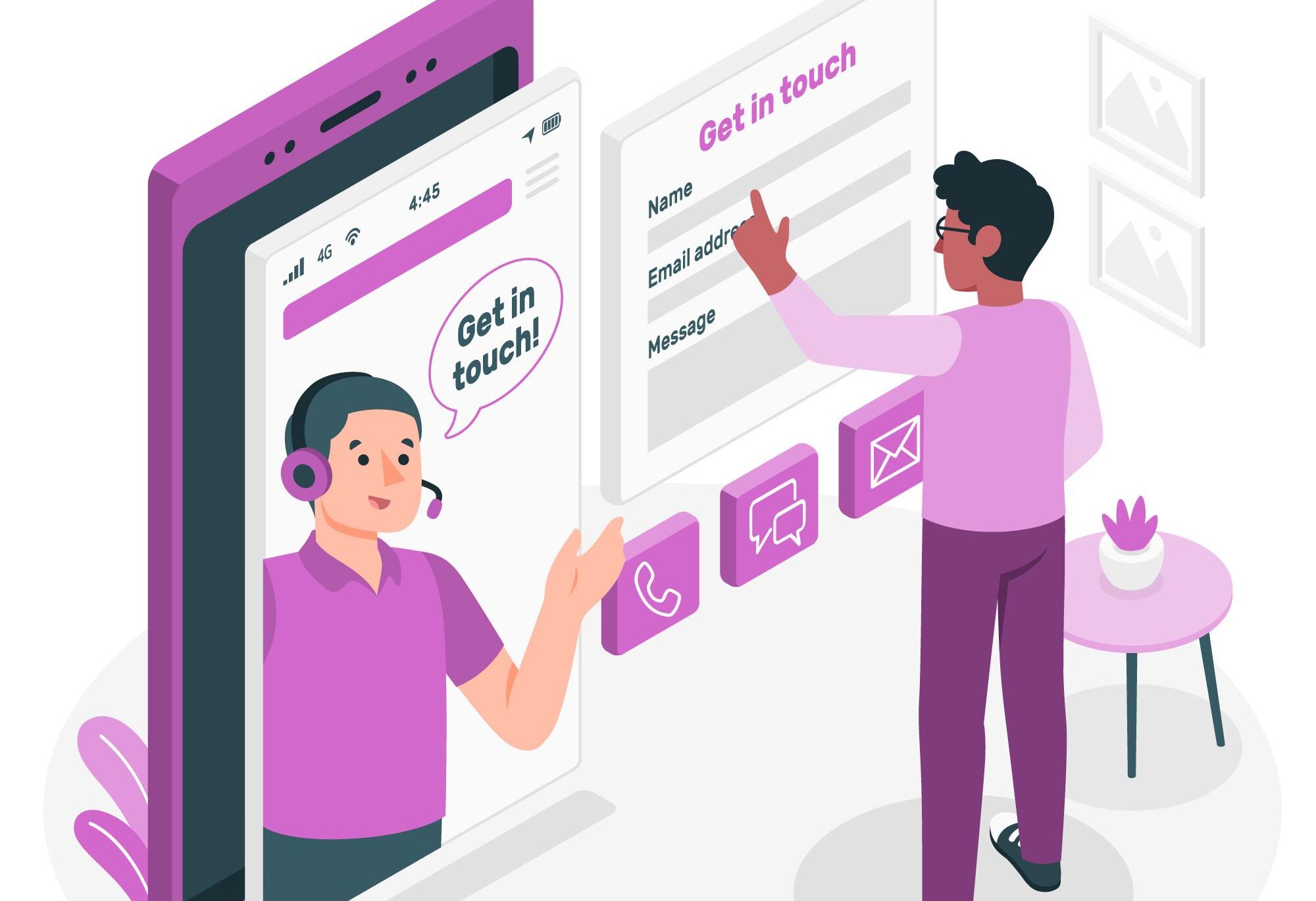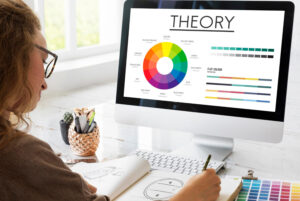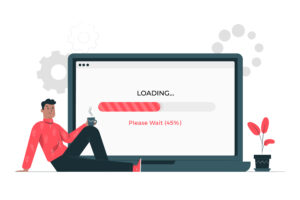Picture this: You’re browsing a website, and suddenly, a vibrant button pops up, urging you to “Sign Up Now for Exclusive Access!” You hesitate for a moment, your cursor hovering over the inviting button. What makes you finally click? Is it the color, the text, or some mysterious force that web designers have mastered?
Welcome to the intriguing realm of the psychology of call-to-actions (CTAs) in web design! In this article, we embark on a journey to unravel the secrets behind those clickable elements that make users take the plunge. From the mesmerizing power of color psychology to the art of crafting compelling copy, we’ll explore the myriad facets that influence user behavior on the vast landscape of the internet.
Table of Contents
The Dance of Colors: How Hues Speak Louder Than Words
When it comes to web design, colors aren’t just a visual treat; they’re psychological triggers that can either make or break your Call-to-Actions game. Consider the following hues and their impact on user emotions:
Red: Urgency and Action!
Ever wondered why many “Buy Now” buttons are red? It’s not a coincidence! Red is a color that screams urgency and evokes a sense of immediate action. When users see red, they’re subconsciously prompted to act swiftly.
Blue: Trust and Tranquility
If your goal is to foster trust and reliability, blue is your ally. This calming color is associated with professionalism and security, making it ideal for CTAs that involve sign-ups, subscriptions, or any action requiring a sense of trust.
Green: Go for Growth
Green symbolizes growth and positivity. CTAs related to eco-friendly practices, wellness, or personal development can benefit from the soothing influence of green. It’s like a digital invitation to grow and flourish!
Orange: Energize and Excite
Inject some energy into your CTAs with the vibrant glow of orange. This color exudes excitement and enthusiasm, making it perfect for calls-to-action that aim to spark interest or encourage exploration.
Black: Sleek and Sophisticated
When you want to project sophistication and timelessness, black is the way to go. Black CTAs are like the little black dress of the web design world—classic, sleek, and always in style.
Colors, however, are just the tip of the iceberg. Let’s dive deeper into the mesmerizing world of words!
Crafting Copy that Clicks: The Art of Verbal Seduction

Call-to-Actions are not just about pretty buttons; they’re a symphony of words that either inspire action or induce apathy. Let’s dissect the elements of persuasive copy:
Be Concise, Be Clear
Web users have the attention span of a goldfish (approximately 8 seconds). Your CTA copy needs to cut through the noise and deliver the message in a blink. Avoid unnecessary jargon, and let clarity be your guiding star.
Inject Urgency and Action
Create a sense of urgency by incorporating action verbs. Instead of a bland “Submit,” go for a dynamic “Get Started Now!” Users are more likely to click when they feel a time-sensitive call to action.
Speak to the User
Personalization is the key to the heart of your users. Address them directly—use “You” instead of generic terms. For instance, “Unlock Your Exclusive Offer” feels more personal and compelling than a generic “Unlock Offer.”
Invoke Curiosity
Humans are naturally curious beings. Use this to your advantage by crafting Call-to-Actions that leave a hint of mystery. “Discover the Secret” or “Unlock the Mystery Deal” can work wonders in piquing interest.
Test, Test, and Test Again
The beauty of the digital world lies in its malleability. A/B testing is your secret weapon. Experiment with different copies to find the magic words that resonate most with your audience.
The Power of Placement: Where Should Your CTA Reside?
Now that your colors and copy are in harmony, let’s talk about the strategic placement of your Call-to-Actions. Remember, it’s not just about being visible; it’s about being visible at the right moment and in the right context.
Above the Fold
The top section of your webpage, visible without scrolling, is prime real estate. Placing a CTA here ensures that users see it immediately. Make it compelling, and you might just catch them before they decide to explore elsewhere.
In the Flow of Content
As users journey through your content, strategically place CTAs where the natural flow invites action. Whether it’s after an informative paragraph or at the end of a blog post, let the content guide your users seamlessly towards the call to action.
Exit-Intent Pop-ups
Don’t let your users slip away without a fight! Exit-intent pop-ups are a subtle yet effective way to re-engage users who might be on the brink of leaving. Offer them something irresistible just as they are about to exit.
Sticky Call-to-Actions
As users scroll down your page, make sure your CTA sticks with them. A fixed or sticky CTA ensures that it’s always within reach, ready to capture the user’s attention whenever they decide to take the plunge.
FAQs: Decoding Common Questions About Call-to-Actions
Q1. Do Colors Elicit the Same Response Globally?
No, cultural influences play a significant role in color psychology. While red may signify urgency in Western cultures, it can symbolize luck in Eastern cultures. Always consider your target audience’s cultural context.
Q2. Is the Size of the CTA Button Important?
Absolutely! Size matters. Your CTA should be big enough to command attention but not so big that it becomes intrusive. Strike a balance, and remember that mobile responsiveness is crucial in today’s diverse device landscape.
Q3. How Often Should I Update My CTAs?
Keep your CTAs fresh to prevent user fatigue. However, the frequency of updates depends on your industry and audience. Monitor performance metrics, and tweak your CTAs when you observe a decline in engagement.
Q4. Can CTAs Be Too Aggressive?
Yes, they can. While urgency is good, bombarding users with incessant pop-ups and aggressive language can lead to frustration. Find the sweet spot between assertiveness and user-friendliness.
The Alchemy of Clicks and Conversions
As we bid adieu to the mesmerizing world of CTAs in web design, one thing becomes abundantly clear—the magic is in the details. From the captivating dance of colors to the seductive charm of persuasive copy, each element plays a vital role in orchestrating the symphony that leads to clicks and conversions.
So, the next time you design a CTA, channel your inner artist. Play with colors, craft compelling copy, and strategically place your call to action where it seamlessly integrates into the user’s journey. The psychology of call-to-actions is a powerful tool.
Now, armed with this knowledge, go forth and design CTAs that don’t just ask but beckon, that don’t just suggest but compel. The psychology of call-to-actions in web design is your secret weapon—use it wisely, and watch the clicks turn into conversions.




